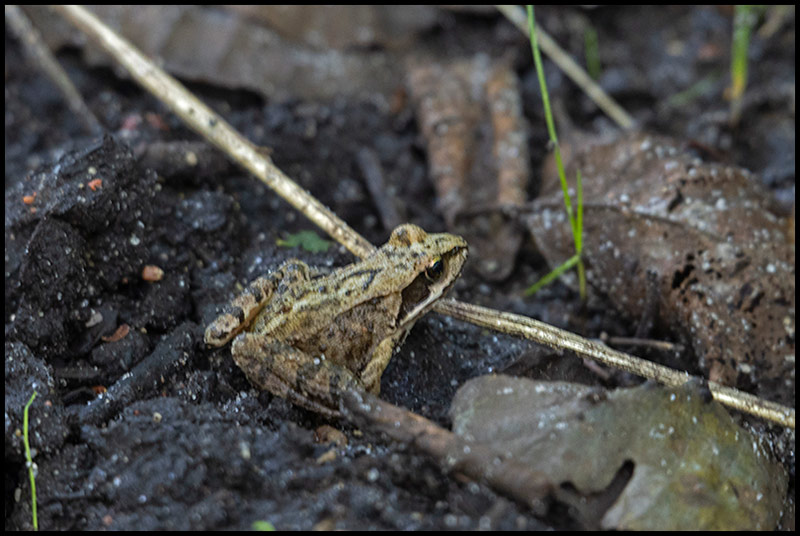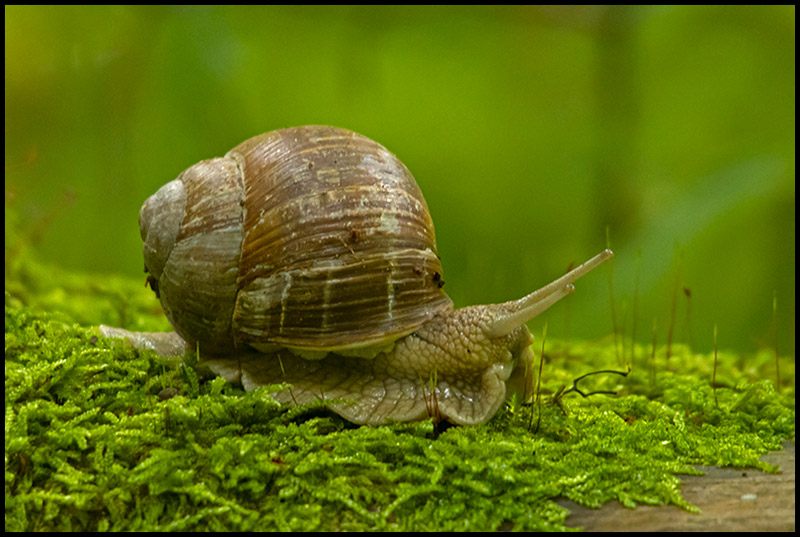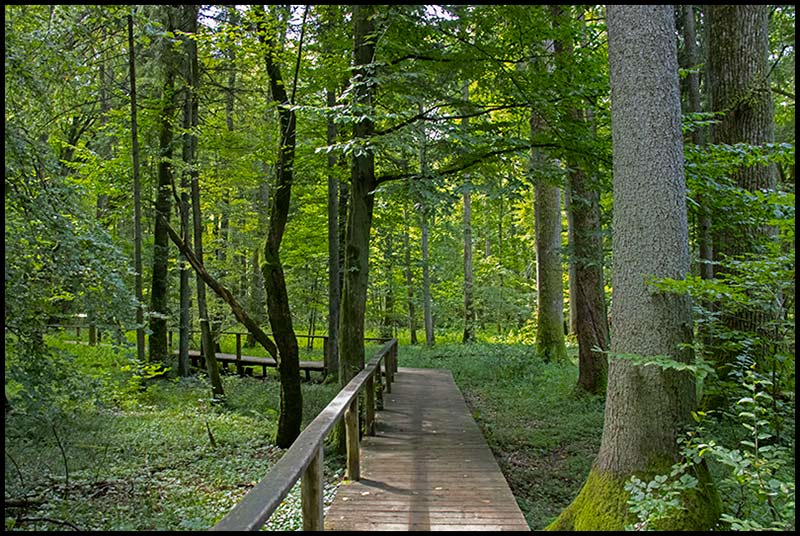Viaje mixto, cultural y de naturaleza, que iniciamos en el norte de Polonia, en la ciudad portuaria de Gdansk. Desde allí visitamos el cercano Parque Nacional Slovinski, en la costa del mar Báltico, cuya principal curiosidad son las grandes extensiones de dunas móviles, que al avanzar dejan al descubierto restos de bosques cubiertos por la arena. Desde allí nos desplazamos hacia el este, previa visita al castillo teutónico de Malbork, hasta alcanzar el Parque Nacional de Biebrza, que protege una zona de marismas con una asombrosa variedad de plantas y animales. Finalizada nuestra visita a este interesante y rico parque nacional, nos dirigmos hacia el sureste, hacia el Parque Nacional de Bielowieza, que alberga las últimas poblaciones salvajes de bisonte europeo. Finalmente, nos desplazamos hacia el sur, hacia Cracovia, aunque antes visitamos los Parques Nacionales Tatra y Pieniny, ambos situados en los Cárpatos.
Poland: From Gdansk to Krakow, through Biebrza and Bialowieza. Mixed, cultural and nature trip, which we started in the north of Poland, in the city of Gdansk. From there we visited the nearby Slovinski National Park, on the Baltic Sea coast, whose main curiosity are the larges dunes. Their advance reveals the remains of forests covered by the sand. From there we moved east, with a first stop at the Teutonic castle of Malbork, until we reached the Biebrza National Park. This park protects an area of marshes with an amazing variety of plants and animals. After our visit to this interesting and rich national park, we headed southeast towards the Bielowieza National Park, which is home to the last wild populations of European bison. Finally, we moved south, towards Krakow, although before we visited the Tatra and Pieniny National Parks, both located in the Carpathians.
El mapa de las principales zonas visitadas, junto con la lista completa de especies observadas durante este viaje, puede encontrarse en este enlace.
The map showing the main visited locations, together with the complete list of species observed in this trip, can be seen in this link.
1. Gdansk.
La principal ciudad portuaria de Polonia, Gdansk, es, hoy, una ciudad vibrante y llena de vida. Desgraciadamente no siempre fue así, ya que en esta ciudad se inició la segunda guerra mundial, y fue totalmente destruida por el ejército soviético. Por suerte su reconstrucción mantuvo el espíritu original y hoy es una ciudad que sin duda merece ser visitada.
Poland's main port city, Gdansk, is today a vibrant city full of life. Unfortunately, this was not always the case, since the Second World War began in this city, and it was totally destroyed by the Soviet army. Luckily, its reconstruction kept the original spirit and today it is a city that undoubtedly deserves to be visited.
2. Slovinski National Park.
Bosques, lagos, dunas y playas componen un rico ecosistema en este parque nacional situado en la costa del Báltico. Famoso por sus grandes dunas, es una visita interesante desde la cercana Gdansk.
Forests, lakes, dunes and beaches make up a rich ecosystem in this national park located on the Baltic coast. Famous for its large dunes, it is an interesting visit from nearby Gdansk.
3. Malbork.
El principal castillo y sede la orden de los Caballeros Teutones, es patrimonio de la Unesco y está considerado como el castillo medieval más grande de Europa. Su origen se remonta al siglo XIII, y pasó a manos polacas a mediados del siglo XV.
The main castle and seat of the order of the Teutonic Knights, is UNESCO heritage site and is considered the largest medieval castle in Europe. Its origin dates back to the 13th century, and it passed into Polish hands in the middle of the 15th century.
4. Biebrza National Park.
Marismas y bosques on el principal atractivo de este hermoso parque, que alcanza su esplendor en primavera, cuando cientos de miles de aves llegan desde el sur. Famoso por los leks de combatientes y por las poblaciones de otras limícolas, alberga también castores europeos, lobos, alces, zorros y corzos y ciervos.
Marshes and forests are the main attraction of this beautiful park, which reaches its splendor in spring, when hundreds of thousands of birds arrive from the south. Famous by the ruff leks, and by the population of other waders, it is also home to European beavers, wolves, moose, foxes and roe and red deers.
5. Tykocin y Bialystok.
En ruta hacia Bialowieza paramos a visitar el pequeño pueblecito de Tykocin y la ciudad de Bialystok. Ambos merecen, sin duda, una parada.
En route to Bialowieza we stopped to visit the small town of Tykocin and the city of Bialystok. Both deserve, with no doubts, a visit.
6. Bialowieza National Park.
Que se puede decir de Bialowieza. El último vestigio de los grandes bosques que cubrían la Europa central antes de que el hombre los aniquilase, y con una fauna, como los bisontes europeos, que ya no se puede observar en ningún otro lugar del mundo (salvo algunas reintroducciones que se han hecho en otros parques). Un bosque rico en hongos, con multitud de pícidos y en el que se puede escuchar, todavía, el aullido del lobo.
What can be said about Bialowieza. The last vestige of the great forests that covered central Europe before man annihilated them. It contains a fauna, such as the European bison, that can no longer be seen anywhere else in the world (except for some reintroductions that have been made in other parks). A forest rich in fungi, with a multitude of woodpeckers and in which you can still hear the howl of the wolf.
7. Lublin y Zamosc.
Tras la interesante visita a Bialowieza nos dirigimos hacia Lublin, una ciudad universitaria con un gran ambiente e interesante de visitar. La cercana Zamosc también conserva un interesante centro histórico.
After the interesting visit to Bialowieza we headed towards Lublin, a university city with a great atmosphere and interesting to visit. Nearby Zamosc also preserves an interesting historic center.
8. Iglesias de madera del sur de Malopolska / Wooden churches of southern Lesser Poland.
El sur de Polonia alberga una serie de iglesias de madera que son Patrimonio de la Unesco. Aunque visitar todas puede ser estenuante, merece la pena parar en algunas de ellas. Nosotros visitamos las de Blizne (All Saints Church), Haczow (Assumption of Holy Mary Church), Binarowa (Roman Catholic Parish of St. Michael the Archangel), Sekowa (Iglesia de San Felipe y Santiago el Menor), y Debno (Church of St. Michael the Archangel). Algunas, como la de Debno, albergan un rico interior.
The south of Poland is home of a number of wooden churches that are a UNESCO World Heritage Site. Although visiting all of them can be exhausting, it is worth stopping at some of them. We visited Blizne (All Saints Church), Haczow (Assumption of Holy Mary Church), Binarowa (Roman Catholic Parish of St. Michael the Archangel), Sekowa (Iglesia de San Felipe y Santiago el Menor), and Debno (Church of St.Michael the Archangel). Some, like Debno, have a rich interior.
9. Tatra National Park.
Parque montañoso, que forma parte de los Cárpatos, con profundos valles y altos picos, que albergan poblaciones de rebeco alpino.
Mountainous park, part of the Carpathians, with deep valleys and high peaks, which are home to populations of alpine chamois.
10. Pieniny National Park.
El río Dunajec atraviesa el Parque Nacional Pieniny y permite disfrutar de unas vistas espectaculares de las montañas que lo redean. Una salida en barca permite ver aves asociadas al río, como las abundantes gaviotas del Caspio.
The Dunajec River runs through the Pieniny National Park, offering spectacular views of the surrounding mountains. A boat trip allows you to see birds associated with the river, such as the abundant Caspian gulls.
11. Spytkowice Fishponds.
Los Spitkowice Fishponds constituyen un típico destino ornitológico cerca de la ciudad de Cracovia. En hora y media que estuvimos pudimos observar unas 30 especies de aves, y como colofón, la sorpresa de un zorro rojo a escasos metros de nosotros.
The Spitkowice Fishponds are a typical ornithological destination near the city of Krakow. In the hour and a half that we were there we were able to observe some 30 species of birds, and in addition, the surprise of a red fox only few meters from us.
12. Cracovia.
Cracovia es una visita obligada si estás en Polonia. Un rico patrimonio cultural e histórico justifican sin duda la alta consideración que tiene esta ciudad entre los principales destinos turísticos.
Krakow is a must see if you are in Poland. A rich cultural and historical heritage undoubtedly justify the high consideration that this city has among the main tourist destinations.

































































